
Kirkby Stephen Parish Church
Kirkby Stephen, Cumbria | CA17 4QX
Entered from the Market Square through handsome cloisters built in 1810, the parish church stands on the site of a Saxon church and contains many ancient relics.
Search for a fascinating place to visit, or see the variety of churches, chapels and meeting houses we have supported.

Kirkby Stephen, Cumbria | CA17 4QX
Entered from the Market Square through handsome cloisters built in 1810, the parish church stands on the site of a Saxon church and contains many ancient relics.
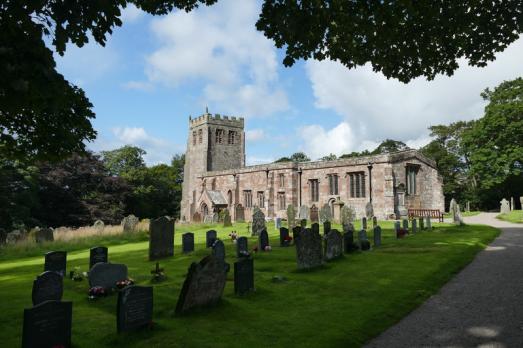
Brough, Cumbria | CA17 4EJ
Come and walk up the aisle of our beautiful and peaceful church and learn about the lives of the inhabitants of Brough under Stainmore.
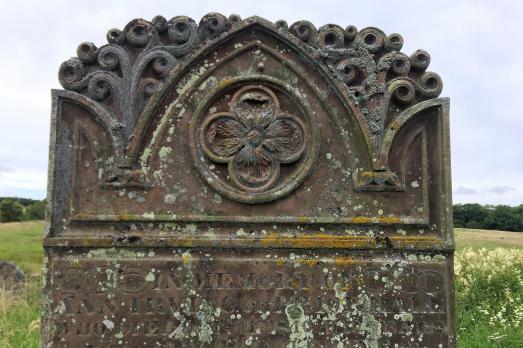
Ireby, Cumbria | CA7 1HD
An old provider.
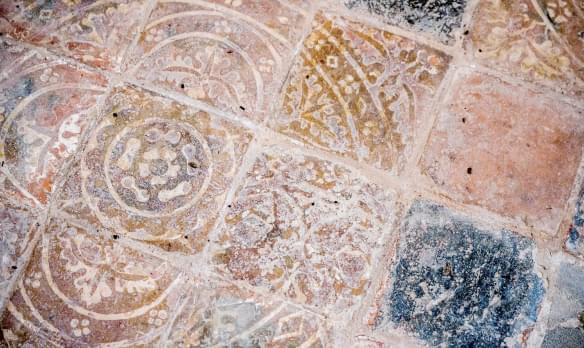
Cumwhitton, Cumbria | CA8 9EX
Notched into the summit of the circular mound at the centre of the village of Cumwhitton, St Mary's is an ancient church dating from about 1160AD.
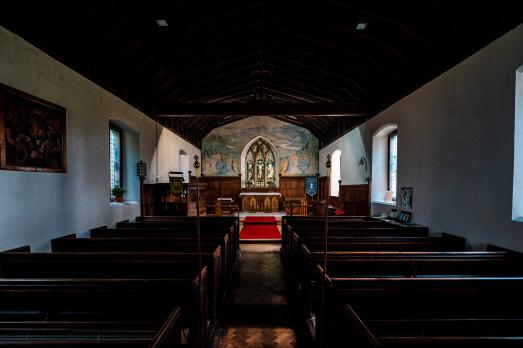
Helsington, Cumbria | LA8 8AQ
Built in 1726, the church commands extensive views across the Lyth valley towards the distant Lakeland fells and Morecambe Bay.
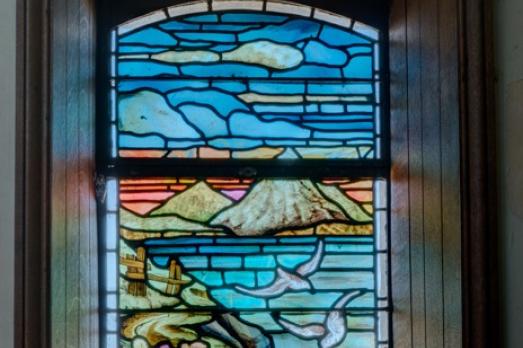
Vale of Lune, Cumbria | LA10 5ED
A railway church.
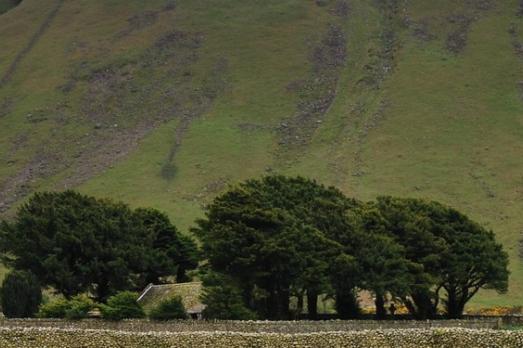
Wasdale Head, Cumbria | CA20 1EX
The smallest church near the deepest lake and the highest mountain in England.
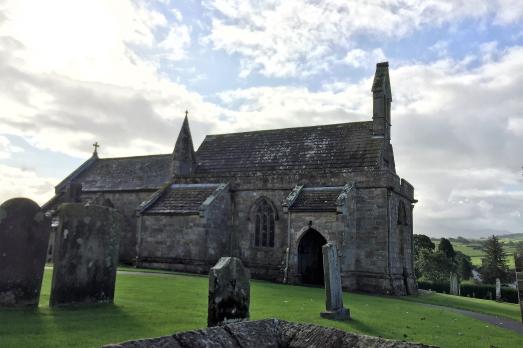
Boltongate, Cumbria | CA7 1DA
The outward appearance is perpendicular but inside is something unique to English parish churches and was described by Nicholas Pevsner as ‘one of the architectural sensations of Cumberland’.
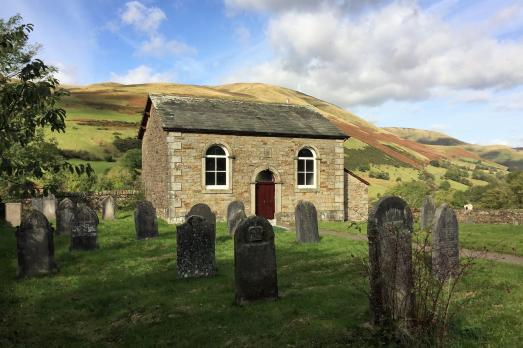
Sedbergh, Cumbria | LA10 5LY
Striking in its symmetry with its central round headed doorway flanked by matching round headed windows, Cautley Wesleyan chapel is a good example of its type and date.
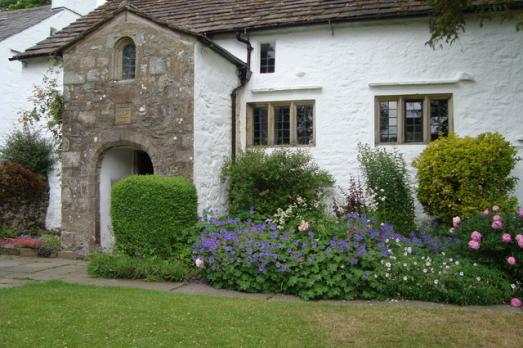
Brigflatts, Cumbria | LA10 5HN
Brigflatts, near Sedbergh, Cumbria, is one of the most famous Quaker meeting houses, known and loved by Friends all over the world.
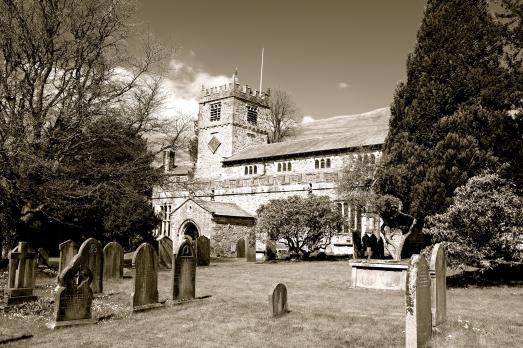
Sedbergh, Cumbria | LA10 5BZ
Set in the heart of Sedbergh in a beautifully maintained churchyard the church, which dates from 1130, is a haven of peace.
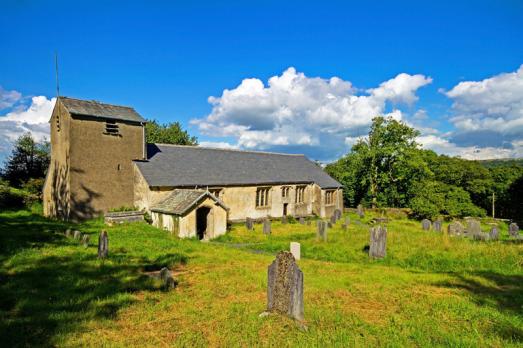
Cartmel Fell, Cumbria | LA11 6NH
Founded in 1504 and Grade I listed this peaceful church is tucked away on the Fell, surrounded by a graveyard rich with wildflowers, the interior contains unusual box pews, a triple decker pulpit and stained glass both ancient and modern.